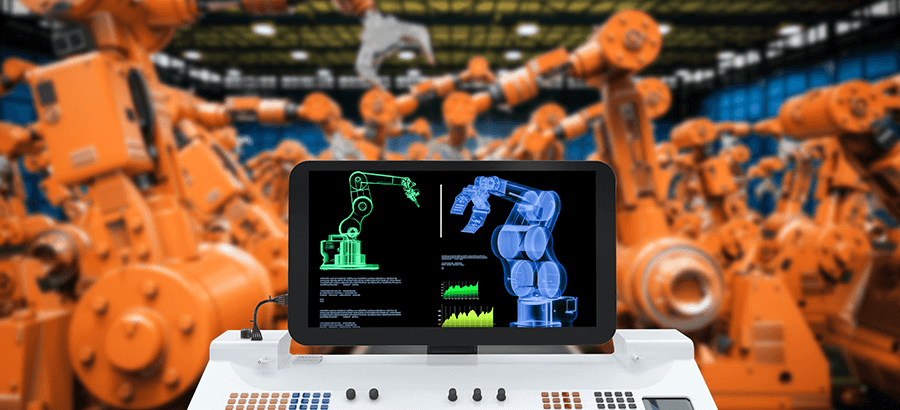I have never been a ‘gamer’ – in my definition that’s someone who spends a significant amount of their leisure time playing video games. My husband, on the other hand, is an avid gamer – so much so that one of his groomsmen got us an X-Box One as a wedding gift! This got me wondering if I am missing something – why do people escape to these virtual worlds and how do the games keep them interested and coming back for more?
In her TED talk ‘Gaming can make a better world’, Jane McGonigal provides some valuable insight into my contemplations – online video games engage and motivate gamers by providing:
- Challenges at a specific skill level
- Collaboration and co-operation in problem solving
- Meaning and context through an epic storyline
- Constant, immediate feedback
- Rewards in the form of points, badges, leaderboards, and achievements
In addition, JD Dillon of Kaplan Higher Education Group explains that games bring out “people’s natural desire for competition, achievement, status, self-expression, altruism, and closure.”
The question I asked myself is can we use this information to improve ERP sales and marketing, debug ERP software, encourage ERP skills development, and train employees in ERP systems and processes? The answer is yes – through gamification! If you haven’t heard this buzz-word yet, it is the concept of applying game design techniques and mechanisms to non-game contexts.
In a corporate training context, gamification means motivating and engaging learners, using game design, principles, and elements, so they want to learn more. This doesn’t necessarily mean creating games for learning (although that is one approach); but it does mean using game-like features to enhance training.
How you can gamify ERP training to improve learner motivation and engagement
1. Provide real-life context – by connecting the learning experience to the learner’s everyday life. You could, for example, provide scenarios for tasks and role-play activities; create a theme which weaves a golden thread throughout a learning program; allow learners to explore the ERP system in a ‘sandbox’; or immerse learners in a simulated environment which mirrors their working environment.
2. Provide meaning – by ensuring that learning meets learners’ goals and interests. You may, for example, focus the training on the knowledge and skills learners need in order to meet their KPIs, perform better on the job, obtain a promotion, or receive a salary increase.
3. Provide social connection – by providing a forum or platform for learners to connect with other learners. These could include learning groups on Facebook, chat sessions on Learning Management Systems, or collaborating on blogs and Wikis. By connecting learners to each other, to learning content, and to the organization, you promote participation, contribution, relationship building, co-operation, and collaboration.
4. Use levels of mastery – chunk, structure, and scaffold learning challenges into objectives and tasks which require increasing levels of skill. To do this, you could create challenges for each of the levels of mastery: novice, competent, proficient, expert, and master, allowing learners to ‘level up’ when they have achieved the objectives of that level. To maintain learner interest, provide challenges which have variety, depth, and complexity.
5. Provide immediate informative feedback – by providing meaningful feedback on assessment answers (both in question-answer and simulation assessments), so learners know where to focus their learning. Another way is to observe learners in a simulated or role-playing environment and facilitate a feedback session at the end of the task. During the session, the learner reflects on their task performance, and you and their peers provide qualitative and informative feedback on the learner’s performance, giving the learner direction and information on how to improve.
6. Provide progress indicators and rewards – These are both extrinsic and intrinsic motivators. They may include progress graphs, certificates for obtaining formal qualifications, and recognition of achievements outside of what is required for formal learning. They may also be individual and/or team awards which learners value, including points systems with tangible rewards (such as gift cards or vacation days), personal bests, and badges and leaderboards for peer recognition and competition. It is also important to offer unexpected rewards, as they can be more motivating in the long-term.
7. Allow independence, choice, and control – by allowing learners to customize their learning experience and create a learning program of their own. You could agree on shared goals, but allow learners to pursue the learning in their own way and time, and at their own pace.
By applying these gaming principles and elements to training and learning, you can create a vehicle for motivating and engaging learners. But gamification is not limited to the learning and training context. Perhaps that is why McGonigal sees online video games as a powerful platform for change.
In a previous blog, Cathie Hall discussed how you can gamify implementation. What techniques have you used to gamify training and learning in an ERP context? And how have you gamified other aspects of your business?






